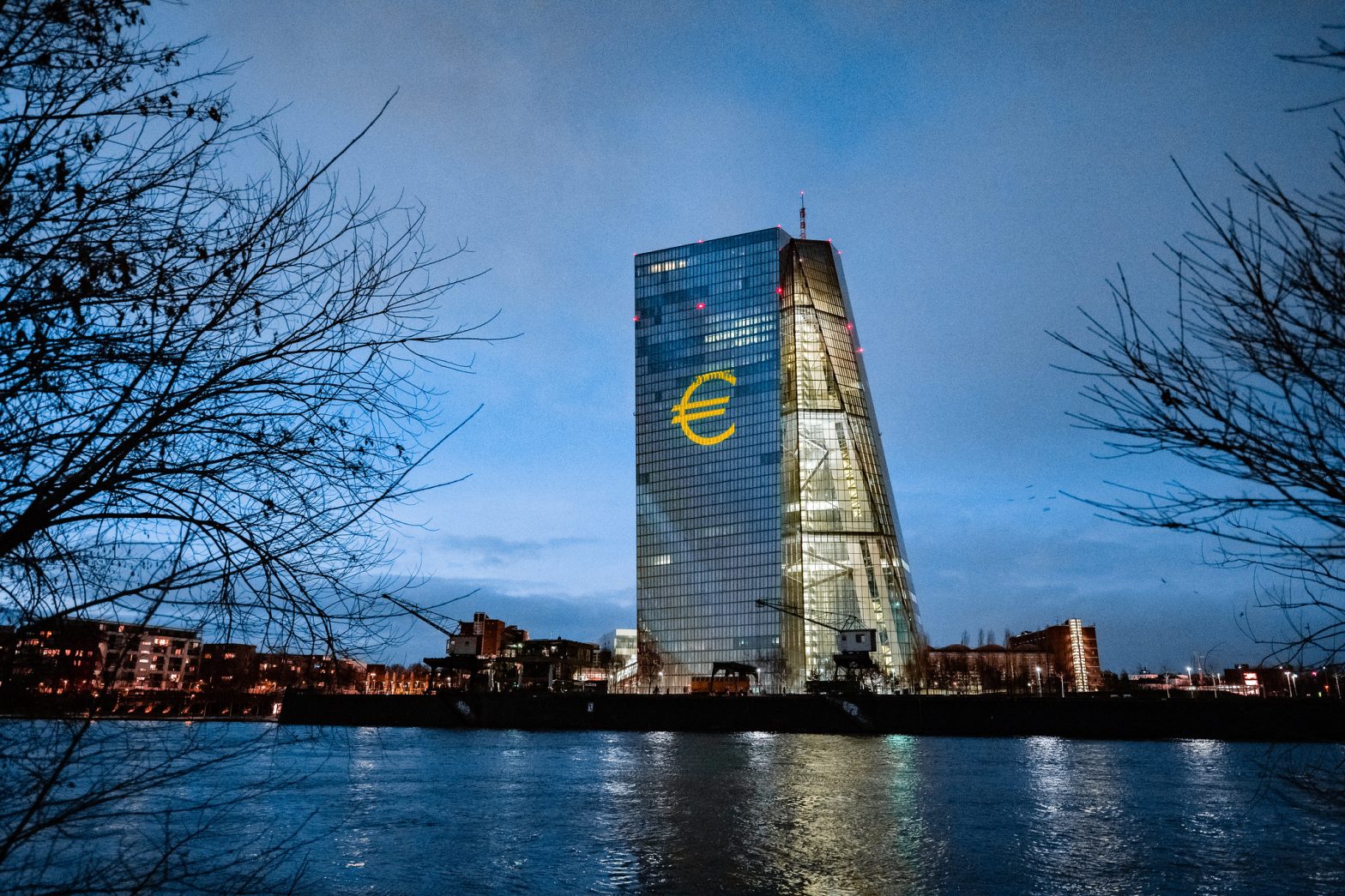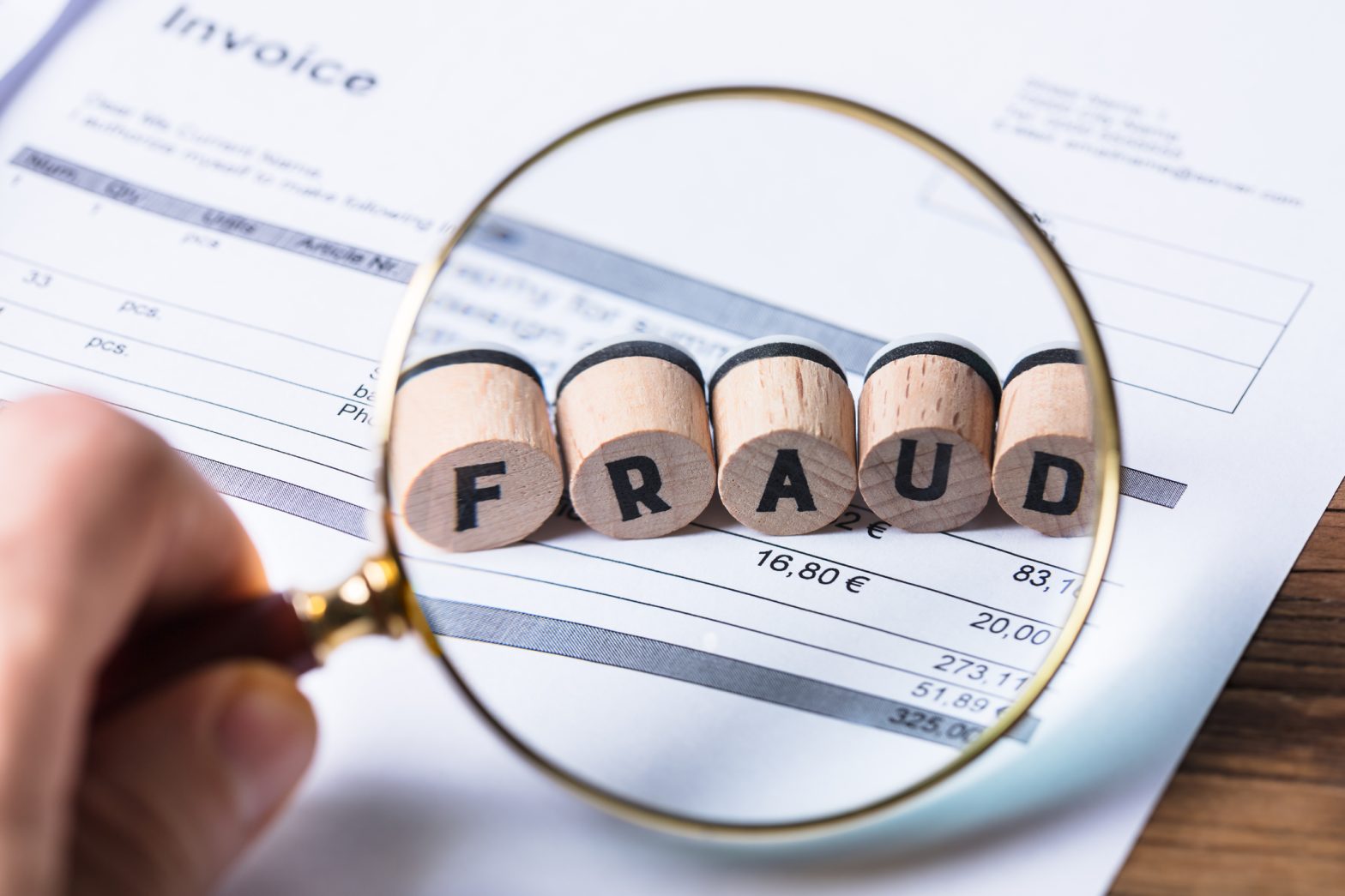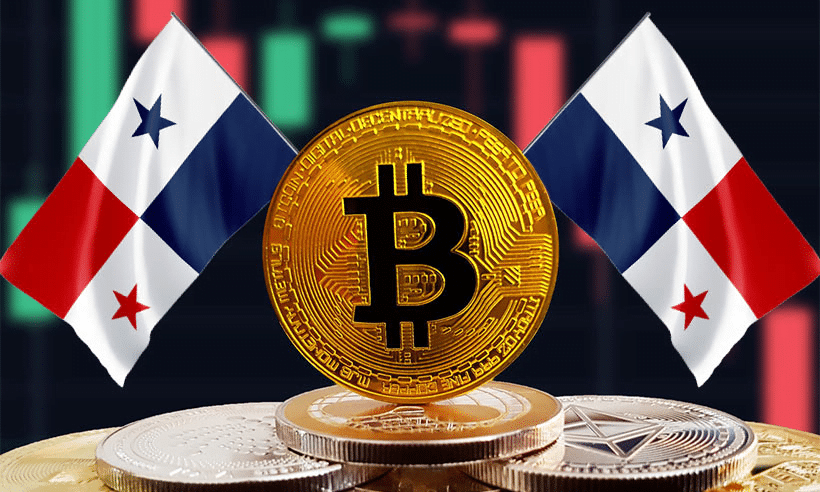Public test network Ropsten will be the first to switch from a PoW consensus mechanism to one that uses the Ethereum blockchain’s “Merge” event, which is scheduled for August of this year.
Ethereum’s Ropsten testnet was launched in advance of the Merge, which will implement the proof-of-stake (PoS) consensus mechanism.
Ropsten’s new Beacon Chain was announced by Ethereum core engineer Tim Beiko on Tuesday. The week of June 8th is set aside for final merge testing. To prepare for that, this test is necessary.
If Ropsten testnet and beacon chain merge successfully, it will be a good indicator of how well the mainnet transition will go.
Several blocks have been created on the testnet since the activation of the beacon chain. At this point, there are about 160 epochs left in the testnet, and the participation rate is very high.
Preston Van Loon, a fellow Ethereum developer, thinks this would be a huge step forward for the development of Ethereum.
Ropsten’s newly launched beacon chain will receive an upgrade called “Bellatrix” on or around June 2 to make it Merge-compatible.
After a few days, miners will begin the transition by selecting a value known as the Terminal Total Difficulty (TTD). After that, miners will have to change the value of their nodes to match this.
Previously known as 2.0, Ethereum’s long-awaited major upgrade will switch the network from a subsistence PoW consensus algorithm similar to Bitcoin (where trades are validated by miners with a large amount of computing power) to PoS (in which miners who put up the most assets validate the most transactions).
It’s been a long time coming, but it’s finally here. A 99.5 percent reduction in the overall energy consumption of the blockchain is expected as a result of this.














































